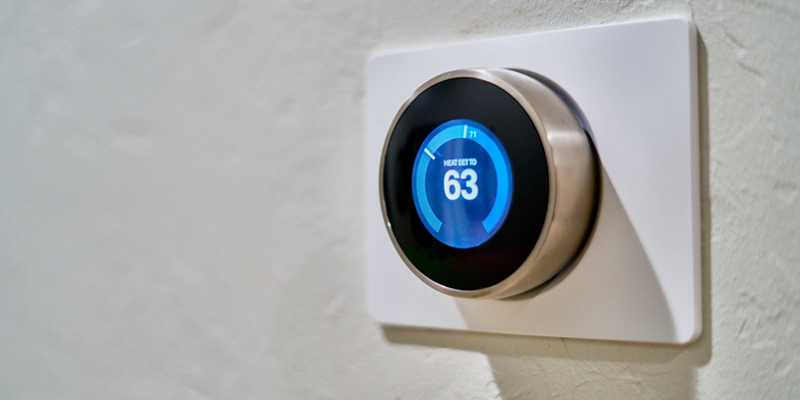Practical ways to reduce your energy usage this winter

As winter approaches, our energy bills tend to increase. With the cost of energy increasing year-on-year, how can we reduce our energy usage during this cold season, and decrease our outgoings and carbon footprint? We can in-fact, all take measures to reduce our energy usage by introducing a few simple, but effective measures, to prevent our homes from losing valuable energy.
1. Draught proofing
Draught proofing is one of the easiest, most cost-effective ways to save energy in any building. It is simply a method of filling up any gaps around your home that let cold air in and hot air out. This will save you money, energy and allow you to effectively manage the temperature of your home without wasted energy escaping. The most common areas around the home where draughts are found are windows and doors, in fact, draught-proofing around windows and doors could save you around £20 per year. Draughts can also come up through floorboards and even through gaps around pipes and cracks in walls.
2. Lighting
Lighting accounts for 15% of an average household’s electricity bill. Turn off lights when you are not in the room and use a sensor for outside lights, so they are only in use when needed. Traditional light bulbs are very inefficient at converting electricity to light, as they waste 95% of the electricity they use, in creating heat. A way of saving money on your lighting is to replace your traditional light bulbs with energy-efficient light bulbs. The two main types of energy-efficient bulbs available in the UK are Compact Fluorescent Lamps (CFLs) and Light-emitting Diodes (LEDs). LEDs are more popular than CFLs and are more efficient. Changing your bulbs to energy-efficient LEDs is a quick fix and they are easy to install. According to the Energy Saving Trust, the average household would spend £100 replacing all of its bulbs with LEDs but would save about £35 a year on bills. Try out this savings calculator to see how much your household could save.
3. Appliances on standby
Have you ever thought of just how much it is costing you by keeping your appliances on standby? Standby mode is when you leave your appliances switched on, but not in use, and on some appliances, you will see a small red light that shows that the appliance is on, such as appliances like televisions, games consoles, DVD players – to name a few. In 2010, The Energy Saving Trust published a report called ‘Powering the Nation’ – household electricity-using habits revealed that on average each UK household spends around £50-£86 per year by having their appliances on standby mode. You may find that keeping your appliances on standby convenient, but it will increase your energy usage.
4. Loft and cavity insulation
Insulating your loft and cavity walls can you save you on average £230 per year. Insulation is vital when trying to reduce the amount of energy that you use in your home. Most of the heat in your home is lost through uninsulated lofts and walls. A quarter of heat is lost through the roof in an uninsulated home and about a third of all the heat lost in an uninsulated home escapes through the walls. Investing in loft and cavity wall insulation will save you in the long term. Watch the following YouTube clip for more information:
For more information on energy efficiency, check out our blog below.



